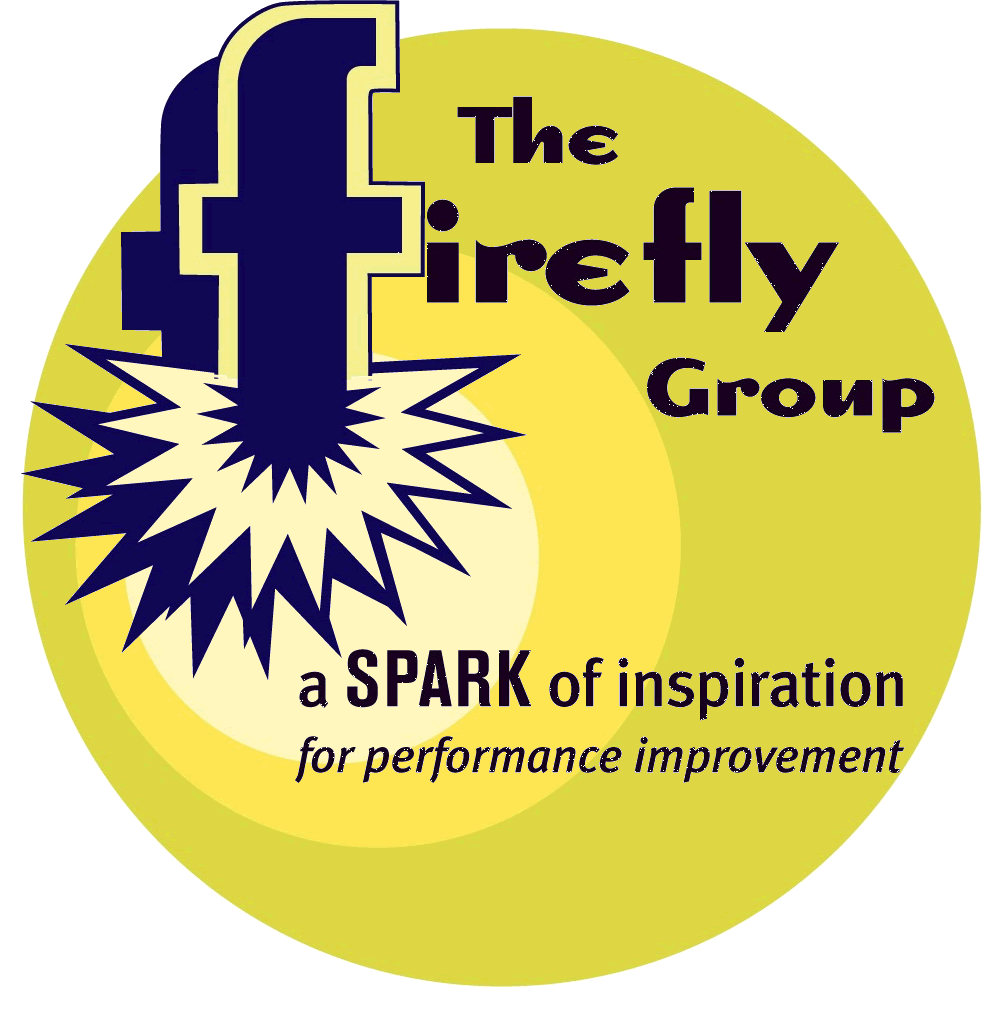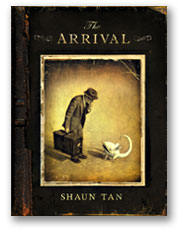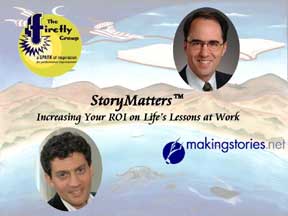


February/March 2009
In this Issue: A special Follow Up to StoryMatters.
|
Say
It Quick |
Discoveries bits of serendipity to inspire and motivate |
Ideas fuel for your own continuous learning |
Activities tips and tricks you can try today |
| Perspective | The Arrival | Do You Belong? | Give It Up |
Say It Quick
It's not just foods with different spices that makes learning about other cultures so fascinating. It's also the opportunity to learn about ourselves by empathizing with others. The following 99 Words will jump start your thinking about cross-cultural learning. Then click to Discoveries for an immigrant experience and Activities to fine tune your empathic intelligence.
Perspective
I love travel. Every day is an adventure with multiple small reminders that
you are a foreigner. And the bonus: re-entry is an adventure too. With enough
time away, everything looks different upon your return. You ask, “Why do we
do things this particular way, and do we have to?” Imagine! The highway signs
are green here instead of blue like in Europe!
How can I keep that foreigner’s inquisitiveness alive? So quickly the novel becomes the norm. By the time I arrive home from the airport, those green signs don’t look so odd.
Sadly, I’m feeling acculturated.
 The
Arrival
The
Arrival
by Shaun Tan
Once, as a boy, I was exploring the recesses of my grandmother's attic. Lifting the lid of an old trunk I discovered a thick envelope full of yellowed papers. The handwriting was ornate and fading; the language indecipherable – a mystery begging to be solved.
That's how I felt reading Shaun Tan's The Arrival. This engrossing book has the feel of old documents or a family album that has been lost for years. Pick it up and you hold in your hand the account of an immigrant who travels across cultures to a new land and a strange life. Yet this story is its own mystery to be solved because it is told entirely without words!
Pictures on each
page reveal new clues to the story. Tan renders his drawings in pencil with
a sepia tone and “water stains” that suggest the age and authenticity of a historical
document once hidden between the rafters. Seen through the eyes of the protagonist
who leaves his homeland, the culture of the new world is familiar and confounding
at the same time. Buildings, street vendors, animals, foods, even kitchen
utensils are foreign and confusing presenting complicated challenges for the
main character. As readers, we find ourselves observing, analyzing, and interpreting
this strange culture too.
sepia tone and “water stains” that suggest the age and authenticity of a historical
document once hidden between the rafters. Seen through the eyes of the protagonist
who leaves his homeland, the culture of the new world is familiar and confounding
at the same time. Buildings, street vendors, animals, foods, even kitchen
utensils are foreign and confusing presenting complicated challenges for the
main character. As readers, we find ourselves observing, analyzing, and interpreting
this strange culture too.
And that's the fun of this book. We also must decipher and ascribe meaning to the images that create this story. Sometimes we even have to decide the order in which to “read” the sequential pictures! Tan's book gives a heart-felt voice to the immigrant experience and opens a window for anyone going abroad or welcoming new comers to their own land.
Learn more about Shaun Tan and The Arrival at www.shauntan.net.
Do You Belong?
Belonging is one of the most powerful motivators in our lives. It's the foundation
of our family commitments. It fuels friendships. It is the power behind peer
pressure. And it has a profound influence in the workplace. Whether or not
people “fit” into your organizational culture has an impact on teamwork, performance,
and productivity.
The Arrival invites readers to consider both their own belonging and the belonging of people new to an adopted “culture.” On his website, Shaun Tan writes:
"I think that the ‘problem’ of belonging is perhaps more of a basic existential question that everybody deals with from time to time, if not on a regular basis... We often find ourselves in new realities – a new school, job, relationship, or country, any of which demand some reinvention of ‘belonging.’
"One of the great powers of storytelling is that it invites us to walk in other people’s
shoes for a while, but perhaps even more importantly, it invites us to contemplate our own shoes also. We might do well to think of ourselves as possible strangers in our own strange land. What conclusions we draw from this are unlikely to be easily summarized, all the more reason to think further on the connections between people and places, and what we might mean when we talk about ‘belonging.'”
Empathy, then is an important element in incorporating the ideas and experiences of new-comers into one's organizational culture. Read ahead to learn about an activity designed to increase one's “empathic intelligence” no matter what group to which you belong.
Kate Koski is a member of The Firefly Group and president of CultureWorks, a consulting firm whose mission is to improve workplace effectiveness through cross-cultural awareness. Here is a description of her activity, GIVE IT UP, which can create a profound sense of empathy toward people who have made a move across a cultural divide.
Give It Up
by Kate Koski
This is a simulation in which participants must emigrate from their homeland to a new one because of an ecological disaster - everything is turning to ice and becoming unlivable. They must adjust to their new country by choosing to give up parts of their identity, or not.
At the start, participants are asked to write down on separate pieces of paper two values, two names, two skills and two activities that are important to them. They are then asked to listen to a "story" of their emigration and at certain places along the way, they have a choice of giving up an "identity paper" and receiving an economic benefit or keeping their identity and continuing to live in Tent City.
This activity can be used with participants who work with immigrants and refugees or with a group made up of diverse cultures to create an understanding of what people "give up" as they acculturate to another country's values. It is also excellent for working with people going through any transition: e.g. new to poverty, newly divorced, adjusting to college, and so on.
The simulation has been played with employers, teachers of Adult Basic Education, refugee workers, supervisors in multicultural organizations, and social workers.
I don't know how helpful it is for use with people who are actually transitioning. I haven't had that opportunity. Although I have had participants who are immigrants, some long-term, others short-term, who have enjoyed having their experience made explicit.
Insights include understanding what their constituents (students, clients, employees, colleagues) have or are going through, awareness of the developmental nature of acculturation, understanding how values are manifested differently in different cultures (which is a very powerful discussion, when it goes in that direction), and self-awareness.
Kate has generously made the notes for GIVE IT UP available to readers of The Firefly News Flash. You can download a copy by clicking HERE. If you use the activity, please be so kind as to send her a note and share your experience. Thanks!
 After
reading our January 2009 issue,
many of you took advantage of the opportunity to view StoryMatters and experience
this novel means of using stories to derive learning from every day experiences.
After
reading our January 2009 issue,
many of you took advantage of the opportunity to view StoryMatters and experience
this novel means of using stories to derive learning from every day experiences.
Here is your invitation to watch the newest episode of StoryMatters. It contains three short stories followed by the anecdotes, reflections, and conversations that they inspire.
Please view Episode 5 then what stories and learning it sparks for you.
Read previous
issues. Click Archives!
To add or delete your name to our mailing list, email
with a short note in the subject line.
We want this newsletter to be practical, succinct, and thoughtful. If you have suggestions about how we can meet these criteria, please let us know! Send us an with your thoughts and ideas.
Home
| Services
| Products
| Mission
| Ideas |
The Group
| The Buzz
(c)
2005 The Firefly Group